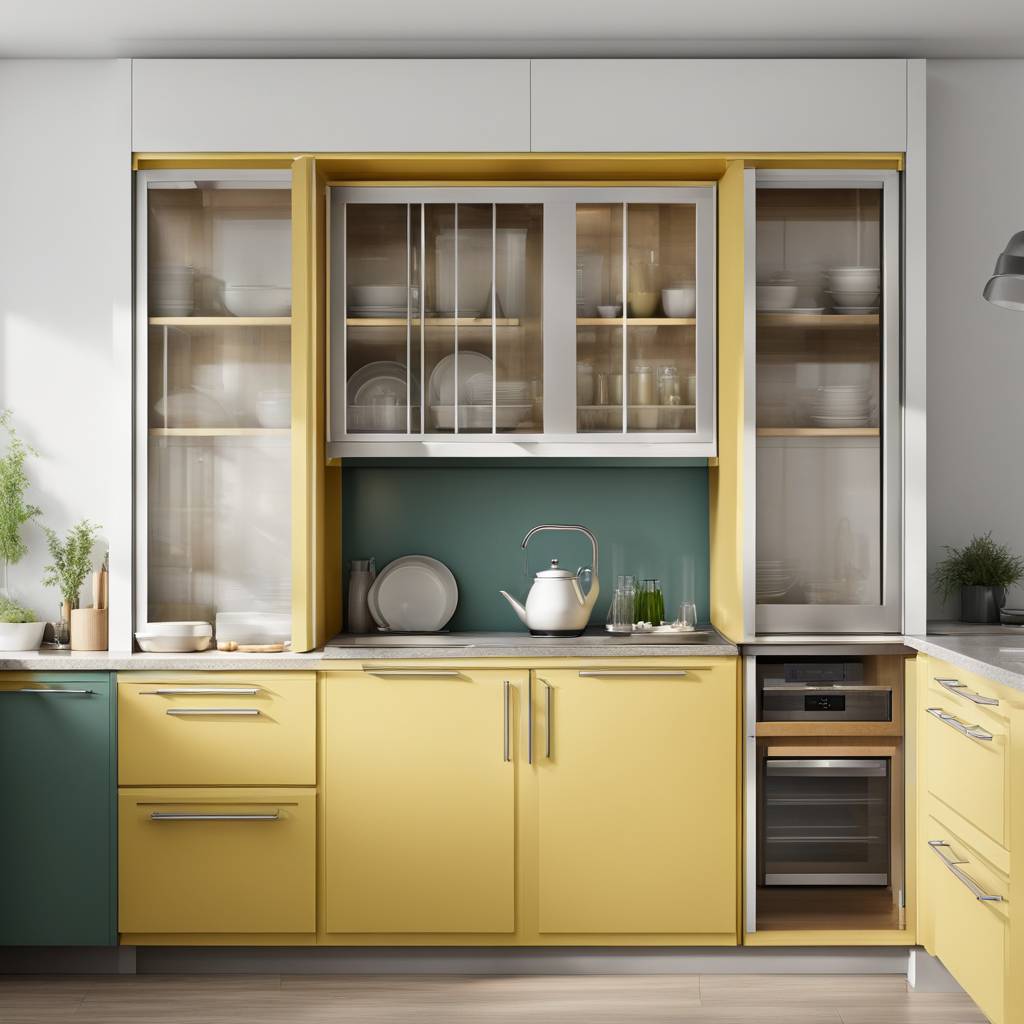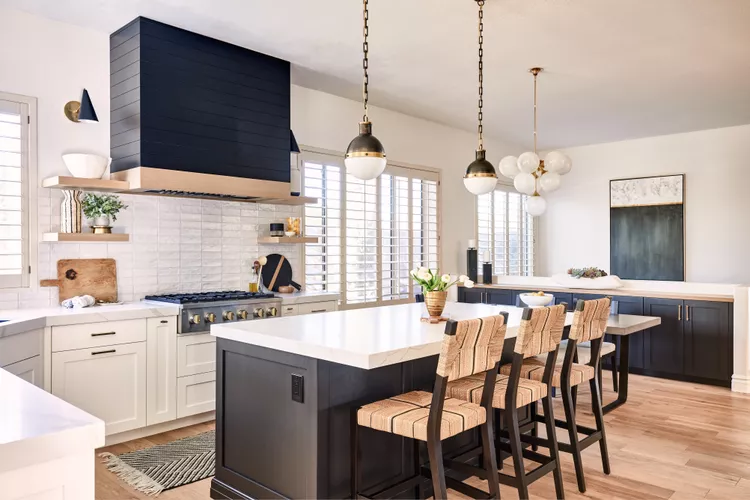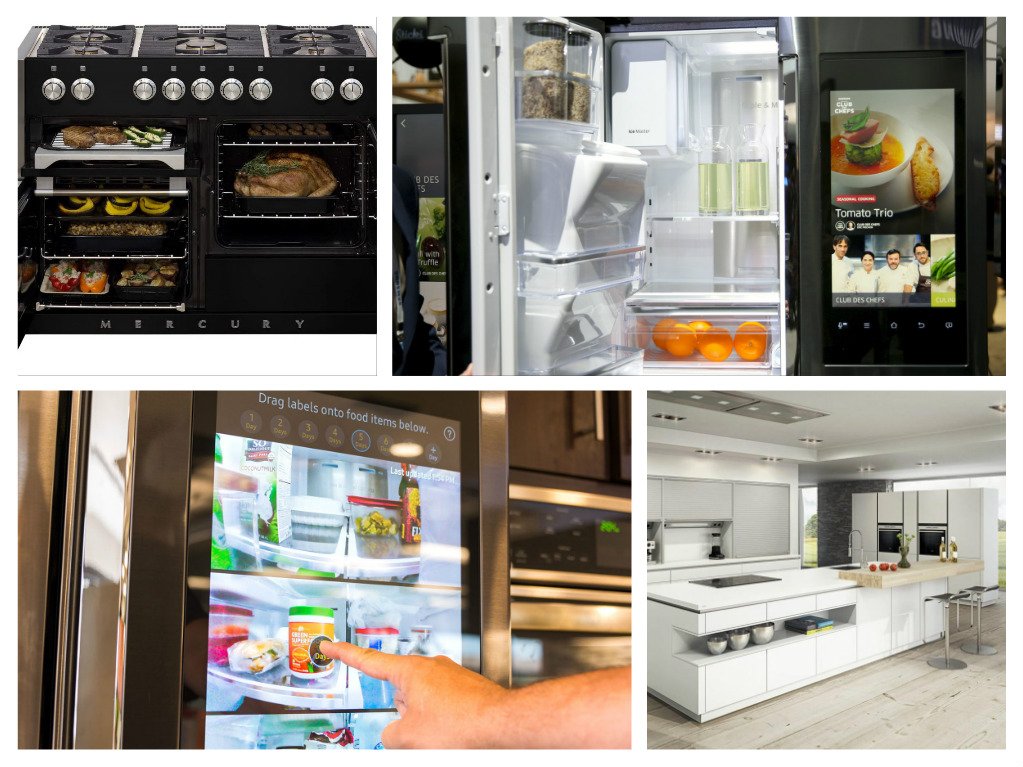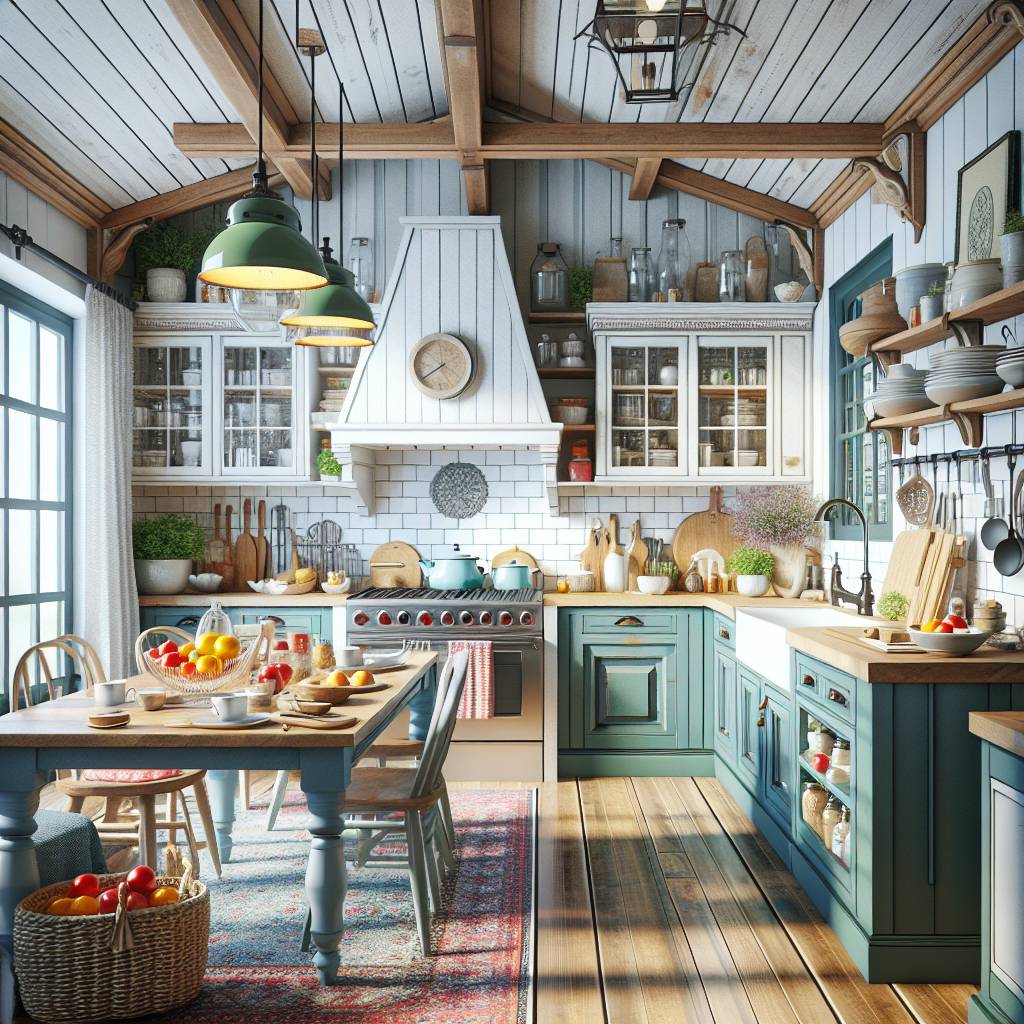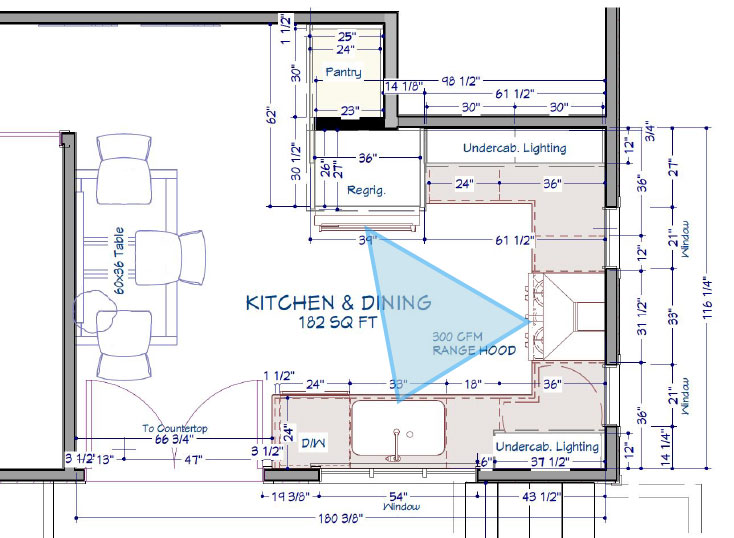Did you know that the average person spends about 6 months of their life in the kitchen? With such a significant amount of time spent in this space, it’s essential to ensure that it is as functional and efficient as possible. One way to achieve this is by optimizing storage solutions, especially when dealing with limited space. This is where sliding cabinet doors come into play. These innovative doors not only add a modern touch to your kitchen but also save valuable floor space, making your cooking area more spacious and organized.
Sliding cabinet doors are a game-changer for those struggling with cramped kitchens or desiring a sleek, minimalist look. In this post, we’ll delve into the myriad benefits of sliding cabinet doors with glides and explore how they can transform your kitchen into an efficient and stylish culinary haven.
Key Takeaways
- Create Space: Sliding cabinet doors can save valuable kitchen space by eliminating the need for clearance space required by traditional swinging doors.
- Careful Planning: When considering sliding doors, focus on material selection and proper planning to ensure smooth functionality and durability.
- DIY Potential: With a step-by-step guide, homeowners can take on the creation of sliding cabinet doors as a DIY project, saving on costs and achieving a personalized touch.
- Maintenance Matters: Proper installation and maintenance are crucial for the longevity of sliding door systems, ensuring they continue to function smoothly over time.
- Minimalist Design: Utilize sliding doors to achieve a minimalist and sleek look in the kitchen, hiding appliances and storage areas for a clean aesthetic.
- Pantry Optimization: Maximize pantry storage by incorporating sliding doors, making it easier to access items and keeping the space organized and efficient.
Benefits of Sliding Cabinet Doors in Kitchen Design
Space-Saving Solution
Sliding cabinet doors are a fantastic addition to any kitchen, especially for those with limited space. In cramped quarters, traditional swinging cabinet doors can be cumbersome and take up valuable room when opened. However, sliding doors glide smoothly along the cabinet, eliminating the need for extra clearance space. This means you can maximize every inch of your kitchen without worrying about obstructing walkways or other areas.
These doors also work well in kitchens with tight corners or narrow layouts where there isn’t enough space for conventional door swings. By opting for sliding cabinet doors, you’re not just saving physical space; you’re also creating an illusion of more openness and freedom within the kitchen.
Easy Access
One of the standout advantages of sliding cabinet doors is their ease of use. Unlike hinged doors that require ample room to swing open, sliding variants only need a fraction of that area to reveal the contents inside. They effortlessly slide back and forth on tracks, providing quick access to your stored items without impeding movement around the kitchen.
Imagine cooking dinner and needing to grab spices from a high-up shelf while simultaneously stirring something on the stove – it’s much simpler when dealing with sliding cabinet doors as they won’t get in your way like traditional ones might.
Modern Aesthetics
Integrating sliding cabinet doors into your kitchen design instantly gives it a contemporary edge. The sleek lines and smooth operation exude modernity while adding a touch of sophistication to your culinary space. These types of doors come in various materials such as glass, wood, or metal frames which allows homeowners to choose options that complement their existing decor seamlessly.
These stylish alternatives often contribute towards making smaller kitchens appear more spacious due to their minimalist appearance and unobtrusive functionality.
Planning and Material Selection for Sliding Doors
Consider the Weight and Size of the Doors
When planning to install sliding cabinet doors, it’s crucial to consider the weight and size of the doors. Heavy doors might require sturdier hardware and a robust track system to ensure smooth operation. Larger doors may need more substantial tracks to support their weight without compromising functionality.
Selecting lightweight materials for the doors can alleviate potential issues with weight. For instance, opting for aluminum or composite materials instead of solid wood can reduce door weight while maintaining durability. This not only facilitates easier installation but also minimizes strain on the hardware over time.
Choose Durable and Low-Maintenance Materials
The choice of materials for sliding cabinet doors significantly impacts their longevity and maintenance requirements. When selecting materials, prioritize durability and low-maintenance characteristics. For instance, high-quality laminates or engineered woods offer excellent resistance to moisture, warping, and scratches compared to natural wood.
Moreover, considering low-maintenance options such as laminate or PVC-coated surfaces can simplify cleaning routines in busy kitchen environments. These materials are easy to wipe clean and are resistant to stains, making them ideal choices for sliding cabinet doors that are frequently handled.
Plan for Hardware and Track System Installation
Efficient planning for hardware selection is vital when installing sliding cabinet doors. The chosen hardware should complement the overall design while ensuring smooth operation of the doors. Opting for quality rollers or ball-bearing mechanisms enhances door stability during opening and closing motions.
Meticulous planning regarding track system installation is essential. It’s crucial to select a track system that aligns with both door weight capacity requirements as well as aesthetic preferences. For example, concealed tracks provide a sleek appearance by hiding the mechanism from view when cabinets are open.
Step-by-Step Guide to Creating Sliding Cabinet Doors
Accurate Measurement
When creating sliding cabinet doors to save kitchen space, the first step is to measure the cabinet openings accurately. Use a tape measure to determine the height and width of each opening. Remember, precision is key here. Take into account any baseboards or obstacles that might affect the door’s movement. Once you have your measurements, double-check them before proceeding.
It’s crucial to ensure that your measurements are precise because any discrepancies could lead to ill-fitting doors that don’t slide smoothly or create gaps when closed. These inaccuracies can compromise both the functionality and aesthetics of your sliding cabinet doors.
Cutting Door Panels
After obtaining accurate measurements for your cabinet doors, it’s time to cut the door panels accordingly. Whether you’re using solid wood, plywood, or another material for your doors, use a saw equipped with a fine-tooth blade designed for clean cuts in wood. Measure twice and cut once – this old adage rings especially true here.
Remember that cutting materials like solid wood requires patience and careful attention to detail; rushing through this process can result in uneven edges or incorrect dimensions. Consider factors such as grain direction if using natural wood – aligning grains can enhance both strength and visual appeal.
Installing Sliding Door Hardware
The final step involves installing the sliding door hardware according to the manufacturer’s instructions. This hardware typically includes tracks, rollers or glides, guides, handles, and other necessary components for smooth operation of sliding cabinet doors.
Follow the provided instructions meticulously during installation; failure to do so may cause issues down the line such as misalignment or instability of the doors when opening and closing them regularly.
Once installed correctly though, sliding door hardware offers not only practical benefits but also contributes aesthetically by maintaining a sleek appearance while efficiently utilizing space in smaller kitchens.
Installation and Maintenance of Sliding Door Systems
Proper Alignment
When installing sliding cabinet doors to save kitchen space, it’s crucial to ensure proper alignment. Misaligned doors can cause issues with opening and closing, affecting the functionality of the system. To avoid this, carefully measure and align the tracks before installing the doors. This step is essential for a smooth operation.
Improper alignment can lead to difficulty in opening or closing the sliding doors, which defeats their purpose of saving space in the kitchen. By ensuring that everything is properly aligned during installation, you can prevent potential issues down the line.
Regular Cleaning and Lubrication
To maintain the functionality of your sliding cabinet doors, regular cleaning and lubrication are necessary. Over time, dust and debris can accumulate on the tracks, hindering smooth movement. Periodically clean the tracks using a soft brush or cloth to remove any buildup that may impede door movement.
Applying a small amount of silicone-based lubricant to the tracks will help ensure that the doors slide effortlessly along them. This simple maintenance task can significantly extend the lifespan of your sliding door system while keeping it operating smoothly.
Checking for Loose or Damaged Components
Regularly inspecting your sliding cabinet doors is essential for identifying any loose or damaged components that may affect their performance. Check for loose screws or bolts holding various parts together and tighten them as needed to maintain stability.
Moreover, examine all components such as wheels, guides, pulls, and strips for signs of wear or damage. If any part appears worn out or damaged beyond repair, consider replacing it promptly to avoid further complications with your sliding door system.
Design Inspirations for Minimalist Hidden Kitchens
Neutral Colors
Using neutral colors is essential. Opting for shades like white, beige, or light gray can help create a clean and uncluttered look. These colors contribute to an open and airy feel, making the space appear more expansive than it actually is.
By choosing neutral colors for your sliding cabinet doors, you can effortlessly integrate them into various interior design styles. Whether your kitchen has a modern, Scandinavian, or traditional style, neutral-colored sliding doors will complement the overall aesthetic seamlessly.
Integrated Appliances
To achieve a streamlined appearance in your hidden kitchen design with sliding cabinet doors, consider incorporating integrated appliances. Integrated appliances are designed to blend in with the rest of the cabinetry, creating a cohesive and uniform look throughout the kitchen. For example, integrating refrigerators and dishwashers behind matching cabinet panels helps maintain a consistent visual flow without any interruptions.
By concealing appliances behind sliding doors that match the surrounding cabinetry’s color and finish, you can achieve a sleek and uninterrupted surface that contributes to the minimalist appeal of your kitchen.
Handle-less Cabinets
Opting for handle-less cabinets is another crucial element in achieving a minimalist aesthetic with sliding cabinet doors in your kitchen design. With handle-less cabinets, you eliminate protruding handles or knobs that can disrupt the seamless appearance of your cabinetry.
Instead of traditional handles, consider utilizing push-to-open mechanisms or recessed pulls that allow you to open and close the sliding cabinet doors effortlessly while maintaining their sleek and unobtrusive look.
Maximizing Pantry Storage with Sliding Doors
Adjustable Shelving
Adjustable shelving is a great way to maximize the use of space in your pantry. By being able to move shelves up or down, you can customize the storage to suit your needs. This means you can create more room for taller items like cereal boxes and bottles, while also making space for smaller items such as spices and condiments.
For example, if you have a tall pantry cabinet with adjustable shelves, you could place the shelves closer together at the top for shorter items and then space them further apart towards the bottom to accommodate larger items. This flexibility allows you to make the most of every inch of your pantry.
Another benefit of adjustable shelving is that it makes it easier to reorganize your pantry as needed. If you find that certain items are not fitting well on a particular shelf, simply adjust the height of that shelf to better accommodate those items.
Pull-Out Baskets or Drawers
In addition to utilizing adjustable shelving, incorporating pull-out baskets or drawers into your pantry design can significantly improve organization and accessibility. These storage solutions help prevent clutter by providing designated spaces for different types of food and kitchen essentials.
By using pull-out baskets or drawers in your pantry, you can neatly store snacks, canned goods, baking supplies, and other items without having them scattered across multiple shelves. This makes it easier to locate specific products when preparing meals or restocking groceries.
Imagine having pull-out baskets filled with various categories of snacks such as chips, nuts, and granola bars neatly arranged within easy reach whenever hunger strikes. Plus, these sliding features allow quick access even when there are other objects obstructing nearby areas in the pantry.
Utilizing Vertical Space
To fully optimize your kitchen space, consider installing tall cabinets in your pantry area. Tall cabinets provide ample room for storing dry goods like cereals, pasta boxes, canned foods – all while keeping everything organized behind sleek sliding doors.
With vertical storage options like this one available in modern kitchens today – maximizing top-to-bottom capacity becomes an achievable reality! You’ll be amazed at how much extra room there is when taking advantage of vertical space rather than just relying on standard-sized cabinets.
Innovative Lateral Opening Cabinet Systems
Ideal Solution
Are you struggling with a narrow kitchen or tight storage spaces? Sliding cabinet doors can be the ideal solution for maximizing space. These innovative lateral opening systems allow you to access your stored items easily, even in the most confined areas.
Sliding cabinet doors are perfect for those who need a way to make the most of their limited kitchen space. By utilizing sliding doors, you can ensure that every inch of available space is used efficiently. This means no more wasted corners or inaccessible areas in your cabinets.
The design of sliding cabinet doors offers a unique and modern element to your kitchen decor. Instead of traditional swing-out doors, these sleek sliding options provide a contemporary touch that elevates the overall look and feel of your kitchen. The smooth gliding motion adds an elegant and sophisticated flair to your storage solutions.
Easy Access
One significant advantage of using sliding cabinet doors is that they provide easy access to all your stored items. Unlike regular swinging doors which may block adjacent cabinets when opened fully, sliding doors operate smoothly without obstructing other parts of the kitchen. This ensures convenient access to everything inside, making it easier for you to reach what you need without hassle.
The lateral opening mechanism allows you to have full visibility and accessibility within each cabinet unit. Whether it’s spices, canned goods, small appliances, or cookware, nothing will be out of reach with these innovative door systems in place.
In addition to providing easy access, sliding cabinet doors also offer enhanced organization possibilities within your kitchen space. You can install multiple units side by side along one wall or utilize them individually throughout various sections of your kitchen layout.
Organizing with Sliding Glass Door Cabinets
Sliding cabinet doors are an excellent way to showcase your beautiful glassware or decorative items. By using sliding glass door cabinets, you can effortlessly display your collection while keeping them safe from dust and damage. The smooth glides of the doors allow for easy access to your items, making it convenient to switch out pieces or clean the interior when needed.
Not only do sliding cabinet doors provide a practical storage solution, but they also serve as an elegant display case for your treasured possessions. With the help of interior lighting, you can illuminate your glassware or decor, creating a stunning visual impact in your kitchen space. Imagine having a well-lit area that highlights your favorite wine glasses, vases, or other decorative pieces whenever you enter the room.
Summary
You’ve learned about the numerous benefits of sliding cabinet doors in kitchen design, from maximizing space to adding a touch of modern elegance. Planning and material selection are crucial for creating functional and stylish sliding doors that suit your kitchen’s aesthetic. The step-by-step guide provided insight into the process, making it achievable for any DIY enthusiast. Installation and maintenance tips ensure that your sliding door system remains efficient and durable for the long haul.
Now, armed with design inspirations and innovative ideas, you’re ready to transform your kitchen into a space-saving haven with sliding cabinet doors. Whether it’s creating a minimalist hidden kitchen or organizing pantry storage, these concepts offer practical solutions for every kitchen enthusiast. Get creative and explore the possibilities of sliding glass door cabinets to elevate both the functionality and visual appeal of your kitchen.
Frequently Asked Questions
What are the benefits of using sliding cabinet doors in kitchen design?
Sliding cabinet doors offer space-saving functionality, easy access to items, and a modern aesthetic. They help maximize storage options and create a streamlined look in the kitchen.
How do I plan and select materials for sliding doors?
Consider your kitchen layout, style preferences, and durability when selecting materials. Planning involves measuring the space accurately and deciding on door designs that complement your overall kitchen theme.
Can you provide a step-by-step guide to creating sliding cabinet doors?
Start by gathering necessary tools and materials, then measure and cut the door panels. Assemble the frame, attach rollers or tracks, mount the doors, and ensure smooth operation before finalizing with handles or pulls.
What’s involved in installing and maintaining sliding door systems?
Proper installation includes securing tracks or hardware securely for smooth movement. Maintenance involves regular cleaning of tracks to prevent debris build-up that can affect door function.
How can I find design inspiration for minimalist hidden kitchens with sliding doors?
Look for inspiration from interior design magazines, online platforms like Pinterest or Instagram, as well as consulting with professional designers who specialize in minimalist kitchen concepts.
